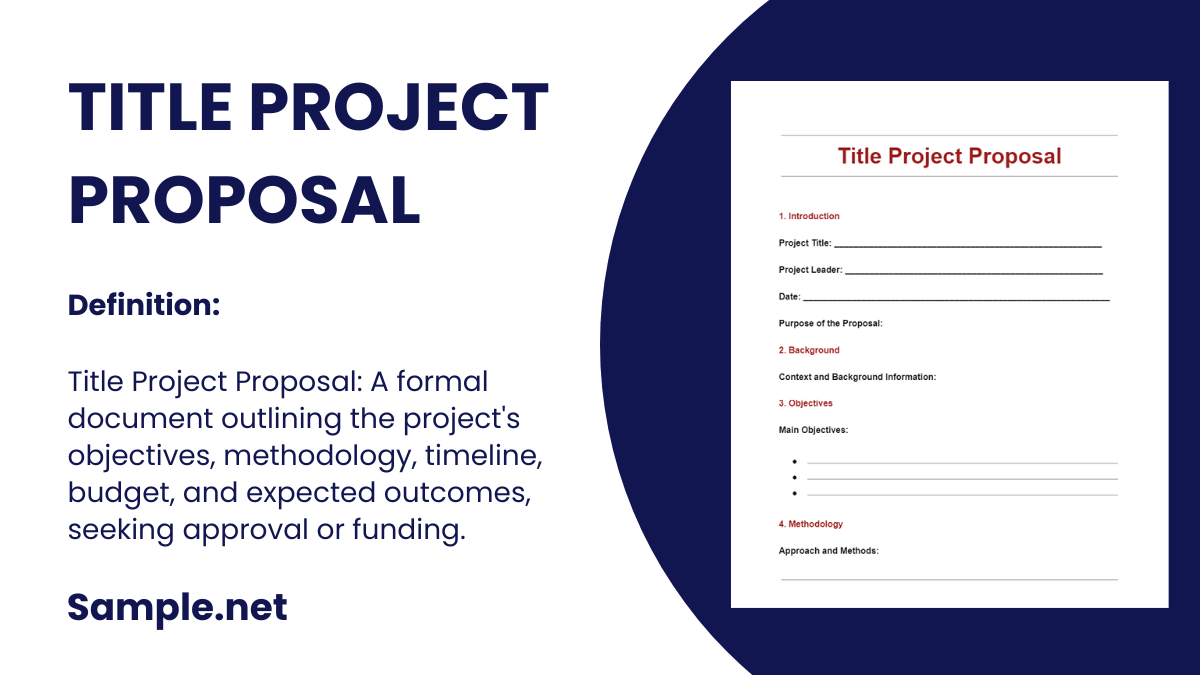In this comprehensive guide, we will explore the essentials of crafting an effective Title Project Proposal. Whether you're applying for a grant, pitching a new project, or seeking approval…
continue reading
15+ Sample Office Lease Proposal
-
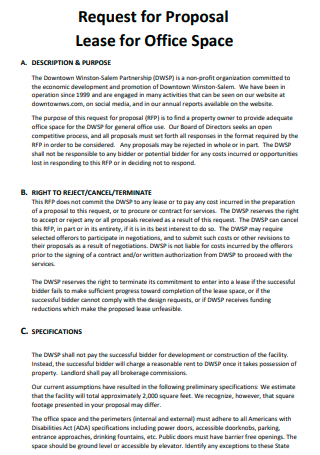
Office Space Lease Proposal
download now -
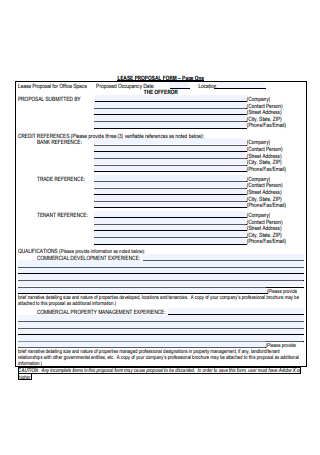
Office Lease Proposal Form
download now -
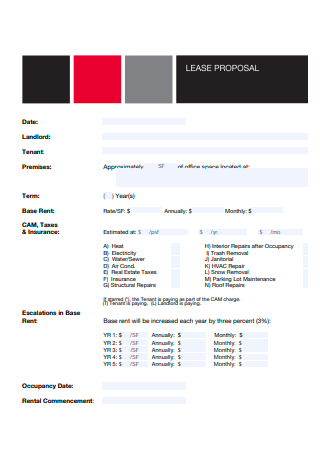
Office Lease Proposal Example
download now -

Office Leasing Proposal Request
download now -
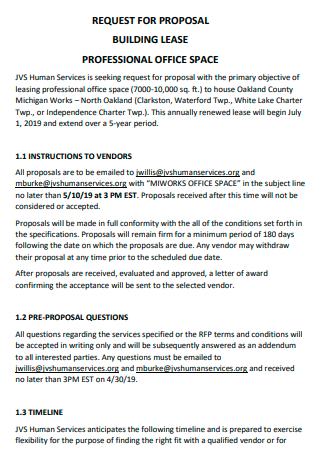
Professional Office Space Building Lease Proposal
download now -

Commercial Office Real Estate Lease Proposal
download now -
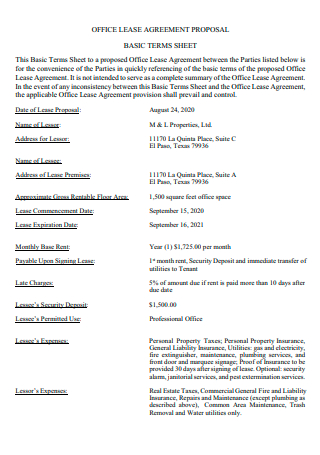
Office Lease Agreement Proposal
download now -
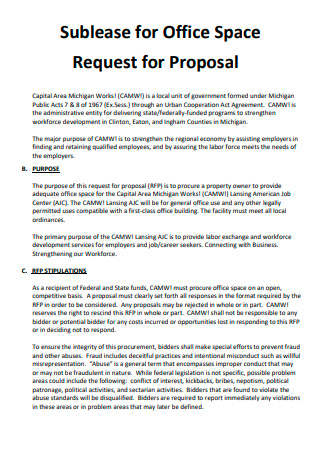
Office Space Sub Lease Proposal
download now -
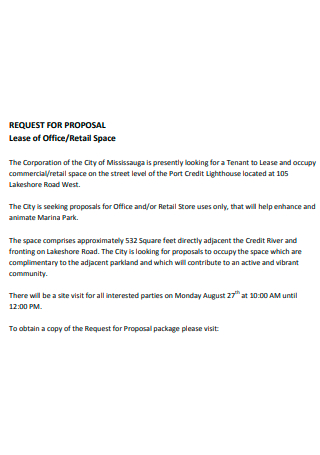
Office Lease Retail Space Proposal
download now -
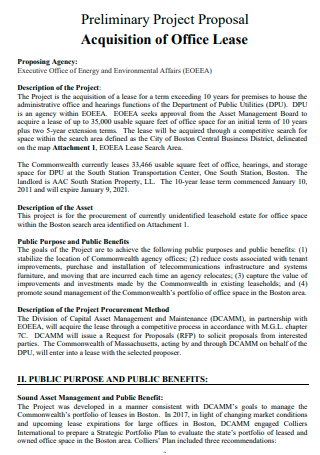
Acquisition of Office Lease Preliminary Project Proposal
download now -
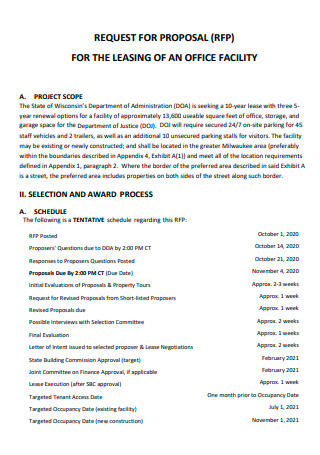
Office Facility Leasing Proposal
download now -
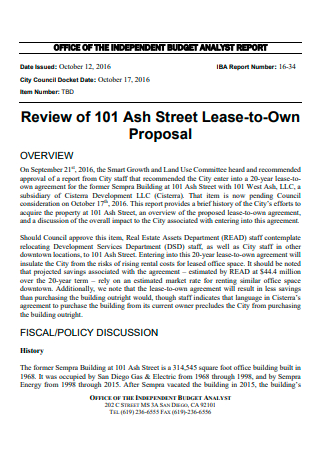
Independent Office Lease to Own Proposal
download now -
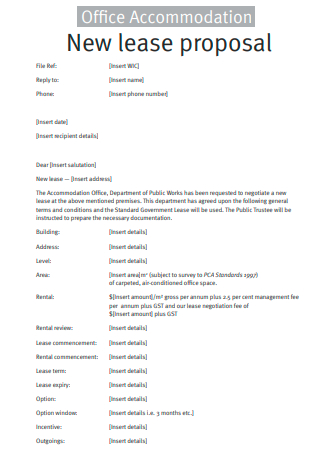
Office Accommodation New Lease Proposal
download now -
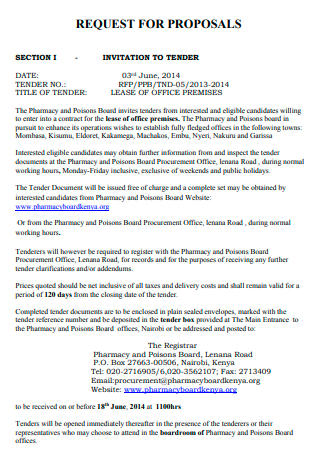
Office Lease Premises Proposal
download now -
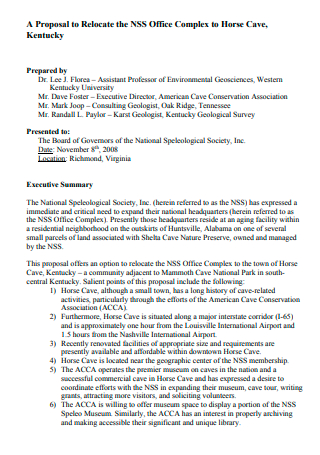
Office Complex Lease Proposal
download now -
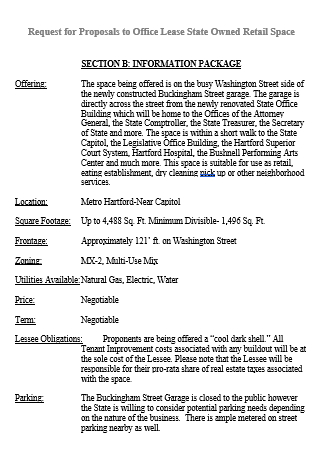
Office Lease Owned Retail Space Proposal
download now
What Is an Office Lease Proposal?
An office leasing proposal is a business offer that is typically sent to a prospective tenant or client in order to secure a rental agreement for a commercial property. The majority of the time, landlords or real estate development corporations prepare office lease bids. According to a Forbes article, the COVID-19 pandemic has unquestionably altered the landscape of business, notably in the field of commercial and office space leasing and management. The data illustrate the difficulty that companies and business owners have in order to stay afloat in the face of the worldwide health crisis. As of January 2021, 33 percent of small and medium-sized firms stated that they were unable to pay their rent for the month in question. Another poll of commercial landlords revealed that 54 percent of them had seen an increase in the number of missed or late payments for commercial property. Finally, studies revealed that vacancy rates have skyrocketed, with office premises seeing 90 percent vacancy and retail space experiencing a 50 percent increase in vacancy.
We also have other themes that you can utilize at any time on our website if you require them. The following templates are available: equipment sales proposal, bid proposal, security bid proposal, retail lease proposal, health proposal form, club strategic plan, quality control contract, health care proposal, customer invoice, property lease proposal, and other similar templates. As well as templates, this post contains critical information that you should be aware of in order to successfully complete your template.
Different Aspects of an Office Lease Proposal
A proposal for an office lease, like any proposal, is simply a sales pitch for the company. The goal is to persuade the person who will be receiving your proposal to take your offer into consideration. Several considerations must be taken into consideration before a leasing proposal can be considered successful. It’s possible that the procedures are more complicated than most people realize. Unfortunately, it is not as simple as simply preparing a proposal and sending it to the client. So, what can you expect when you submit a lease proposal to a potential tenant? This is explained in greater depth in the processes listed below. You should also see our lease proposal.
Steps in Writing an Office Lease Proposal
Make certain that you have acquired all of the necessary information before crafting your office lease proposal. Your goal is to persuade the prospect that investing in your space is a good investment. You have the option of either creating your own office lease proposal from scratch or using an already-created template. To get started, simply follow the step-by-step instructions below.
-
Step 1: Establish a Standard Format.
When sending out formal documents, such as lease offers, it is very important to adhere to a consistent structure, especially if you are a firm or a real estate developer. Don’t forget to include a company logo as well as pertinent information such as the business address, phone number, email address, website, and so on in your business card. Begin by providing a quick introduction. You should address the recipient in a professional manner, and you should avoid using the phrase ‘To Whom It May Concern’ as an opening sentence as much as possible. It conveys a greater sense of sincerity and intention when you address the receiver by their full name. You should also see our executive proposal.
-
Step 2: Accurate Information Is Essential
After that, include as many specifics as possible. When writing an essay, you want to be able to strike a good balance between being thorough and being succinct. When it comes to leasing, it is essentially a sales presentation, and prospective tenants are always looking for the best possible bargain. Make sure to provide the precise measurements of the proposed area, how much is included in the monthly dues, and a detailed breakdown of the total cost and fees. You can consolidate all of the information and data into a single table to make it appear less overwhelming. You should also see our project executive proposal.
-
Step 3: Specify the Terms and Conditions of the Agreement
Terms and conditions must be established in the same way that a contract is in order to establish clarity and avoid unneeded conflict. After you’ve provided the necessary facts about the space, you should set out the rules and regulations. These may include the lease’s tenure or duration, payment criteria, schedules, and other terms and conditions. To make it easier to keep track of everything, categorize each item or number them accordingly. Underline, highlight, or use bold language to draw attention to the most significant facts in your document. You should also see our business lease proposal.
-
Step 4: Provide Your Contact Information.
It is critical that you supply complete and correct contact information at the end of your submission. Make sure to include your name and signature at the bottom of the document as well. Your channel must be available for clarifications and additional questions. Please include your full name, position title, phone number, and email address. Only by actively connecting with the client and listening closely to their demands can talks be progressed to the next stage.
FAQs
What is a lease proposal?
To draft a lease proposal, you must first understand what you are leasing. Like a sales pitch, you must analyze the product’s virtues and flaws. Using an existing template is the quickest way to get started. You can use it as a template to create your own leasing proposal.
What is a rental proposal?
A lessor presents a lessee with a written rental proposal. It comprises rental information and terms and conditions that are subject to mutual agreement.
Is a lease proposal binding?
A lease proposal is not always binding. A proposal may not always imply a successful business transaction. Before a leasing proposal may become a business contract, many stages must be completed. A contract is deemed binding after both parties agree on it and sign it.
Lease proposals can be thought of as a means of getting your foot in the door. To properly win over a client, it is necessary to have determination, perseverance, and bargaining abilities. Make sure that your leasing proposal is informative, convincing, and effective in all aspects of the process. Take a look at the sample lease proposal templates provided above to get started on your own!

